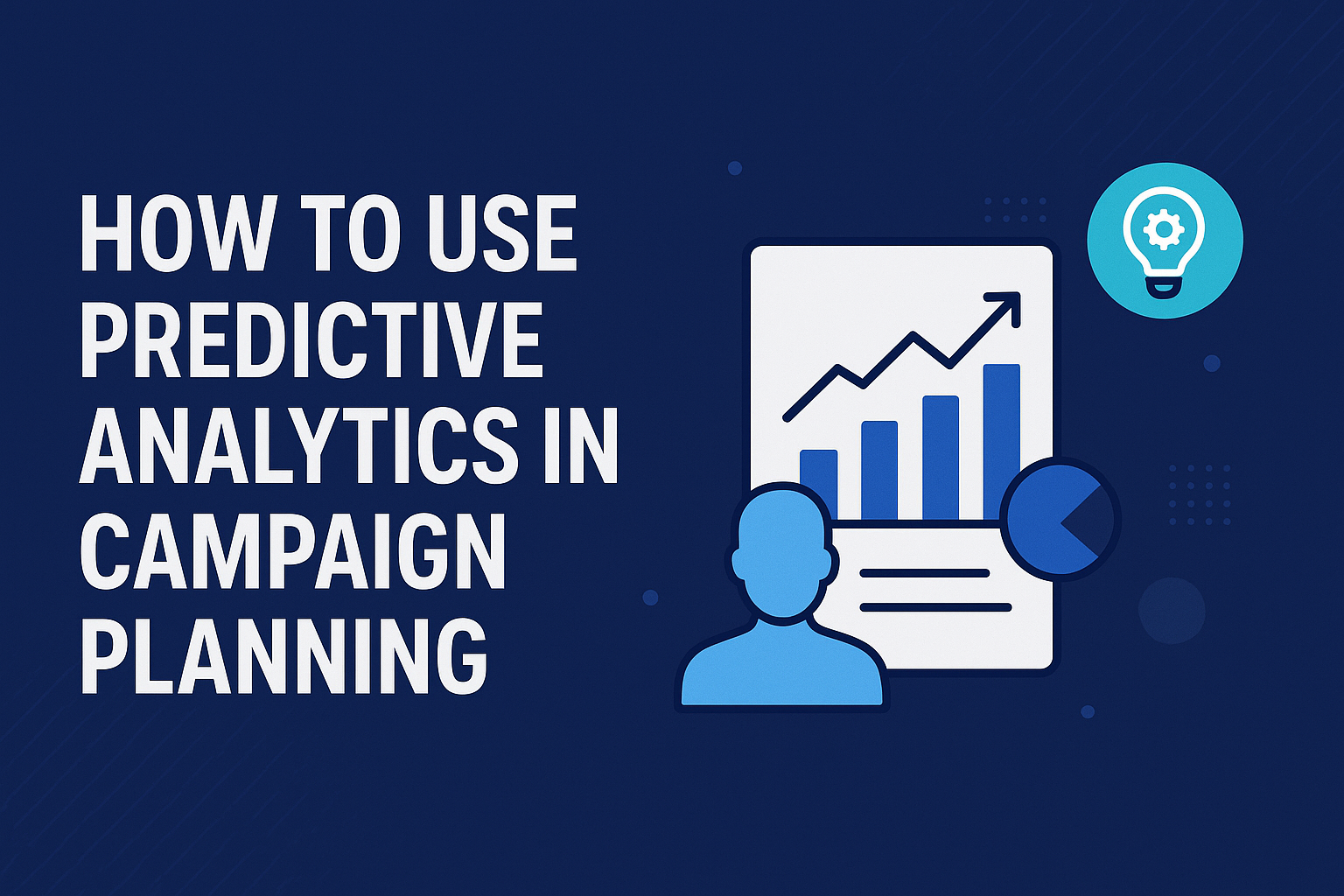
A logo is more than just a pretty icon—it’s the visual cornerstone of your brand. When done right, it distills your company’s values, mission, and personality into a mark that communicates your identity in an instant. In an era where consumers make snap judgments, your logo is your first (and sometimes only) chance to leave a lasting impression.
So, how do you design a logo that truly encapsulates your brand identity? Here’s a step-by-step breakdown rooted in strategy, creativity, and timeless design principles.
1. Understand Your Brand’s Core
Before jumping into sketches and software, reflect on what your brand represents. Ask yourself:
- What are our core values?
- What problem do we solve?
- Who is our target audience?
- What personality traits define our brand—are we bold, elegant, friendly, innovative?
Your answers will shape the visual language of your logo.
2. Study the Competitive Landscape
Look at the logos of your competitors—not to copy them, but to learn what works (and what doesn’t) in your industry. Identify gaps where your brand can visually differentiate itself. The goal is to stand out, not blend in.
3. Choose the Right Logo Type
There are several types of logos to consider:
- Wordmarks (Logotypes): e.g., Google, Coca-Cola
- Lettermarks (Monograms): e.g., IBM, HP
- Pictorial Marks: e.g., Apple, Twitter
- Abstract Marks: e.g., Nike swoosh
- Combination Marks: e.g., Adidas, Doritos
- Emblems: e.g., Starbucks, Harley-Davidson
Choose based on your brand’s personality and scalability needs.
4. Select Colors with Meaning
Color psychology plays a huge role in branding. Blue communicates trust and professionalism, red evokes passion and urgency, green signals growth and nature. Select a palette that reflects your brand’s message and resonates with your audience.
5. Focus on Simplicity and Versatility
The most iconic logos are simple and versatile. They work in black and white, are legible at any size, and look great across mediums—web, print, merchandise, and social media.
Avoid trends that might date your logo quickly. Aim for timelessness.
6. Typography Matters
If your logo includes text, choose typography that aligns with your brand tone. A tech company might lean into sleek, sans-serif fonts, while a luxury brand may favor elegant serifs. Make sure it’s legible at all sizes.
7. Test Before Finalizing
Once you have a draft, test your logo in various contexts:
- How does it look on your website?
- Does it scale well on mobile?
- Can it be embroidered on merchandise?
- Do people remember it after a quick glance?
Feedback from your target audience is invaluable here.
8. Document It in Your Brand Book
Once finalized, include your logo’s usage rules in a brand book. Define acceptable spacing, color versions, backgrounds, and don’ts to maintain consistency across all brand touchpoints.
5 Frequently Asked Questions
Q1: What makes a good logo design?
A great logo is simple, memorable, versatile, relevant to your industry, and aligned with your brand identity.
Q2: How many logo variations should I have?
Ideally, at least three: a full version, a simplified icon, and a monochrome version. These ensure adaptability across different platforms.
Q3: Should I hire a professional or DIY my logo?
If your brand budget allows, always go with a professional designer. They bring strategic thinking and ensure technical accuracy.
Q4: Can I rebrand if my logo feels outdated?
Absolutely. Many brands evolve their logos to stay relevant. Just ensure the redesign maintains some continuity to preserve recognition.
Q5: How important is a logo compared to other branding elements?
Your logo is the face of your brand, but it’s most powerful when supported by a cohesive brand voice, messaging, and visual identity.
Conclusion
Designing a logo that captures your brand identity is part art, part strategy. It’s not just about aesthetics—it’s about storytelling. By grounding your design choices in brand insights and timeless principles, you create a visual identity that resonates, connects, and endures.



